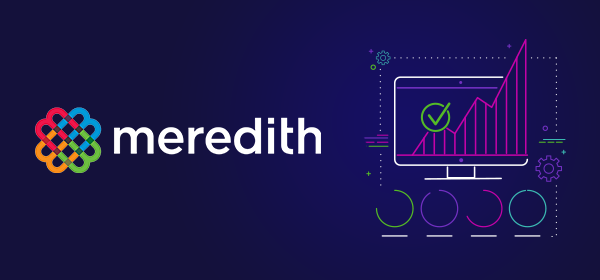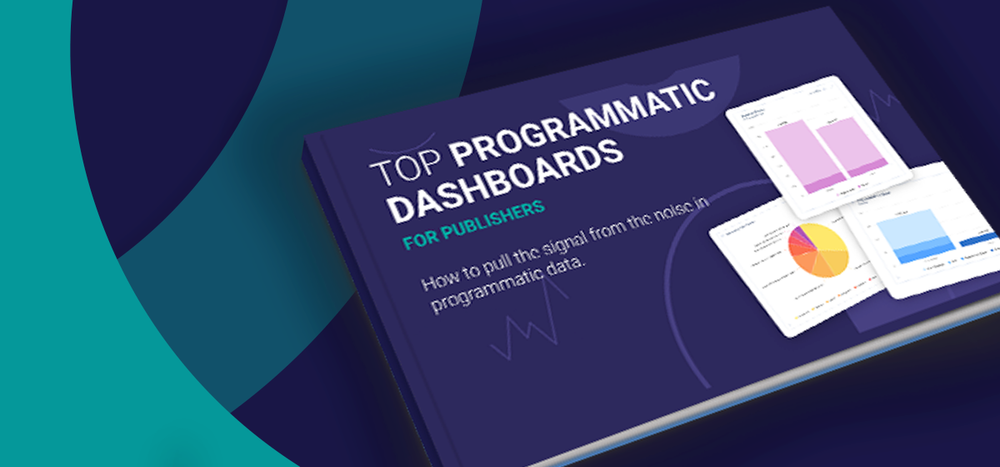Even just a few years ago, an advertising agency could simply be referred to as a creative agency dedicated to creating, planning, and handling advertising and sometimes other forms of promotion and marketing for its clients. Now, with digital technology having completely changed the way they work and what they’re capable of, the definition of today’s advertiser or media buyer isn’t so cut and dry. In fact, the lines are blurring further now. The American Association of Advertising Agencies is reportedly considering including consulting agencies, such as Accenture and Deloitte Digital, among its members. Why the consideration? A big reason is that consultancies have been successful in securing a significant amount of business that was previously going to ad agencies.
Fierce competition between agencies/media buyers and consulting firms has been made more intense by constantly emerging technologies. The increased adoption and integration of programmatic advertising is believed to be one of the leading contributors to consultancies getting a larger, more persistent piece of the pie. Therefore, it’s been adapt/adopt or perish for all players in the digital advertising arena. For many digital agencies and media buyers, the intensity and stakes of a massive turf war has been mounting.
A Two-Step Plan for Agencies and Media Buyers to Win and Keep More Clients
Distilled down to the most fundamental essence of what’s required of agencies and media buyers, they need to establish concrete trust with marketers and publishers. This translates to enhancing client relationships. Try starting with the following simplified two-step plan as the foundation of your new client-relationship modus operandi, and then build up from there.
1) Payment: Agencies and media buyers can take a huge step toward gaining and improving the trust of their current and prospective customers by means of transparency. The willingness to clearly outline all methods of profit generation means a lot to customers. Of course, organizations shouldn’t be expected to provide details of their profit margins. Rather, a basic outline of where profits are and aren’t made. This won’t just benefit the customer though. Agencies and media buyers can expect equitable and competitive pay from marketers and publishers as a result of profit transparency—dare we say, timely payments as well.
To take transparency to another level, agencies and media buyers should be extra vigilant about disclosing fees. Hidden and convoluted, mystery fees are a major turn off. It’s natural for a few such fees to occur on occasion. But chronic hidden/mystery fees can ruin even long-time relationships.
We can also include the issue of gifts in the payment transparency category. For example, agencies and media buyers should consider discontinuing acceptance of gifts from ad networks and ad tech vendors, which traditionally might have influenced decision making. Publishers don’t want to worry about a vendor gift pushing their agency in the opposite direction of their own objectives.
2) Modeling: Marketers and publishers don’t just strongly appreciate business intelligence (BI) from their tools and services, they now expect it. Agencies and media buyers shouldn’t look at this expectation as a negative. Instead, it’s a viable opportunity to regain specific turf traditionally dominated by consultants. Implementing advanced analytics and modeling allows agencies and media buyers to provide their clients with intelligent business insights and advice to support their objectives. This approach represents a significant departure from agencies only creating the ads and then leaving the profit modeling to consultancies. Agencies and media buyers can no longer afford to operate in a vacuum. Unified data reporting and analytics can help agencies and media buyers deliver the next generation of value to their clients while also improving their own efficiencies, ad spending, as well as campaign and revenue optimization.
Rebuilding Client-Relationship Processes Is Worth the Effort
Many agencies and media buyers likely already have client-relationship systems and processes in place. They need to be willing to start over from scratch and redesign their foundation. It may seem like unnecessary extra work completely rebuilding such a process. However, trying to operate an inefficient and ineffective—broken—operation consumes vastly more time, energy, and money over the long term. It’s not just about losing current resources and money. Organizations suffer from a diminished capacity to generate revenue when they’re unable to win or keep clients due to a broken process. This is a golden opportunity to learn from what didn’t work, building a stronger, more effective operation than ever before.
Organizations don’t need to hide their client-relationship rebuilding efforts—trumpet them with pride and confidence. Marketers and publishers will appreciate the transparency of such initiatives. Honesty goes a long way, demonstrating a willingness to change to meet their evolving needs means a lot to customers. A great example of this is Domino’s pizzapology back in 2009. First, you know you had/have a winner if people are still talking about your ad campaign eight years later. Even with consistently strong financials, Domino’s acted on what they were hearing from their harshest critics. They proactively took the blame and acknowledged the poor quality of their pizzas, promising to continue improving on their way to the best pizza ever. It was a risky campaign, but it paid off. In other words, help your customers enjoy their pie more, and you’ll get a bigger piece of your market pie.
Demonstrate honesty and transparency, practice open communication, and prove you’re listening and you care—you will win and keep more customers.






